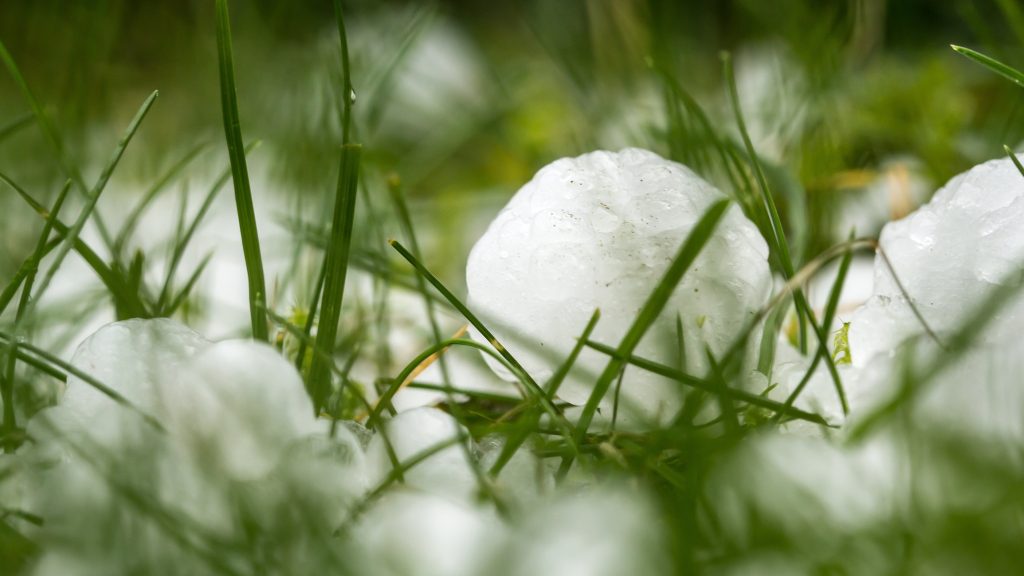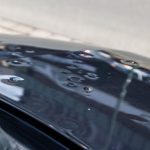Hailstorms, while a fascinating display of nature’s power, can wreak havoc on vehicles caught in their path. The sudden onset of a hailstorm can leave car owners with dented hoods, cracked windshields, and a host of other damages. To better prepare and protect our vehicles from these icy projectiles, it’s essential to understand the science behind hail formation and the specific ways hail can impact vehicles.
The Formation of Hail
Hail is a type of solid precipitation that forms under specific conditions within thunderstorm clouds, known as cumulonimbus clouds. The process begins when updrafts—powerful currents of rising air—carry raindrops upward into the colder regions of the atmosphere. As these raindrops ascend, they freeze and form tiny ice pellets.
These pellets can then undergo further growth through two primary mechanisms: accretion and aggregation. Accretion occurs when supercooled water droplets (water below 0°C that remains liquid) freeze onto the ice pellet, causing it to grow in size. Aggregation happens when smaller ice pellets collide and stick together, forming larger hailstones.
The cycle of being carried upward by updrafts, growing in size, and then falling, only to be lifted again, can repeat several times. Each cycle adds a new layer of ice to the hailstone, much like the layers of an onion. Eventually, the hailstone becomes too heavy for the updrafts to support, and it falls to the ground. The size of the hailstone at this point can vary significantly, from smaller than a pea to larger than a grapefruit, depending on the strength of the updrafts and the availability of supercooled water.
Impact on Vehicles
The damage hail can inflict on vehicles depends largely on the size of the hailstones and the duration of the storm. Here are some common types of hail damage:
- Dents and Dings: The most visible and widespread effect of hail is the dents and dings it leaves on a vehicle’s body. The hood, roof, and trunk are particularly vulnerable due to their flat surfaces.
- Cracked or Shattered Windshields: Larger hailstones can crack or even shatter windshields and windows, posing a significant safety hazard.
- Paint Damage: While less common, high-velocity hailstones can chip the paint on a vehicle, leading to rust and corrosion if not promptly addressed.
- Light and Sensor Damage: Modern vehicles, equipped with external sensors and cameras for various driver-assist features, can also suffer functional damage from hail.
Protecting Your Vehicle from Hail Damage
While it’s challenging to predict exactly when and where a hailstorm will strike, there are proactive measures you can take to protect your vehicle:
- Stay Informed: Use weather apps and alerts to stay updated on hailstorm predictions in your area.
- Seek Cover: Whenever possible, park your vehicle in a garage or under a carport. If caught driving in a hailstorm, seek shelter under a highway overpass or similar structure.
- Use Protective Covers: Specialized car covers designed to protect against hail can be a worthwhile investment, especially for those living in hail-prone regions.
- Emergency Blankets or Mats: In a pinch, covering your vehicle with thick blankets or floor mats can provide some protection against smaller hailstones.
The Role of Paintless Dent Repair (PDR) Post-Hailstorm
After a hailstorm, Paintless Dent Repair (PDR) emerges as an effective and efficient method for restoring vehicles to their pre-storm condition. PDR is a non-invasive technique that removes dents and dings without compromising the original paint, preserving the vehicle’s value and appearance. This method is not only cost-effective but also environmentally friendly, as it avoids the need for fillers, paint, and other materials associated with traditional body repairs.
Conclusion
Understanding the science of hail and its potential impact on vehicles is the first step in mitigating damage and ensuring the longevity and safety of your car. By taking proactive measures to protect your vehicle and opting for Paintless Dent Repair in the aftermath, you can navigate hailstorm seasons with confidence. Remember, preparation and knowledge are key to weathering the storm and keeping your vehicle in top condition.



